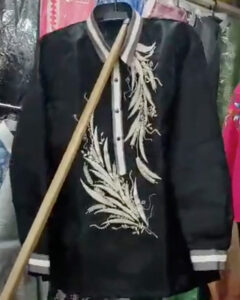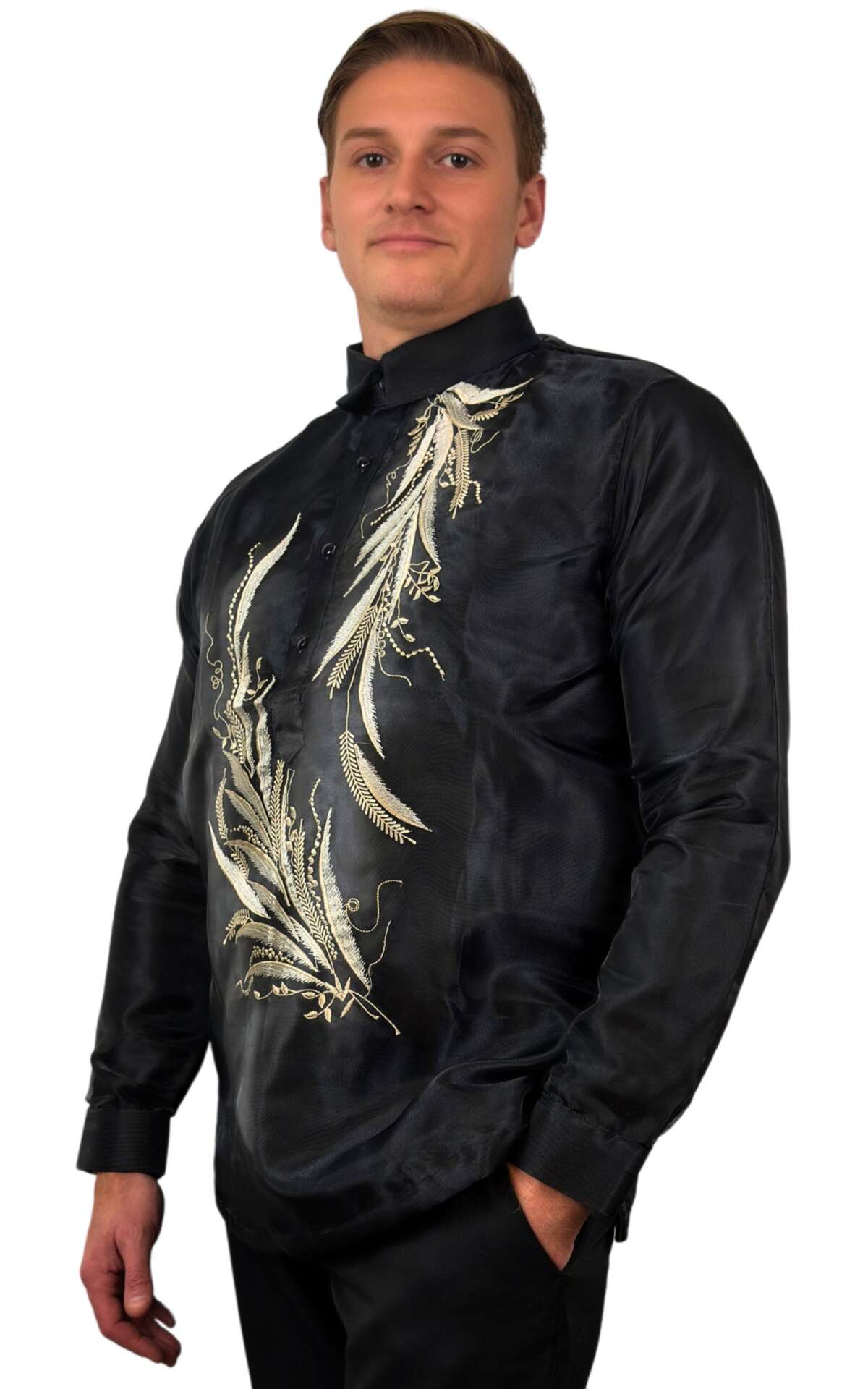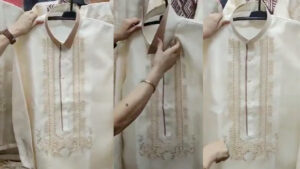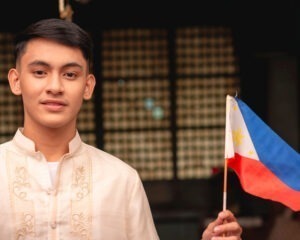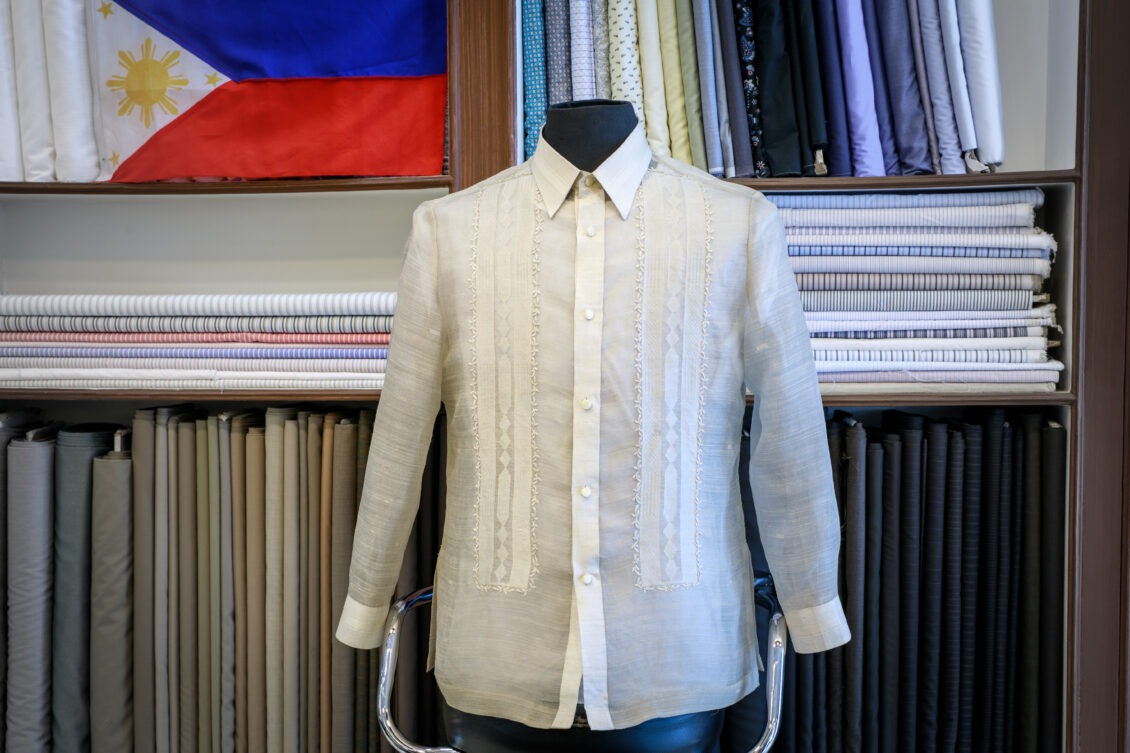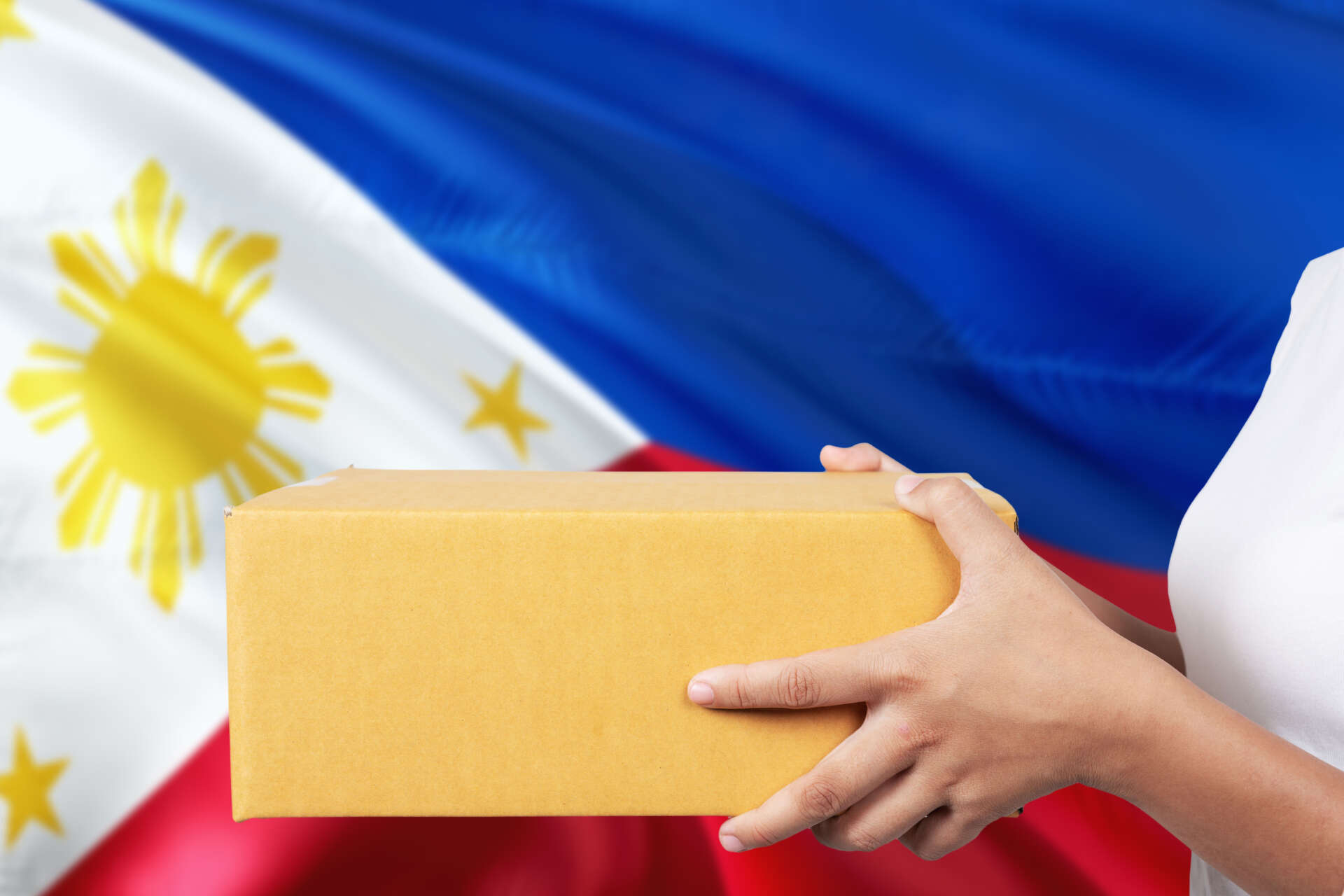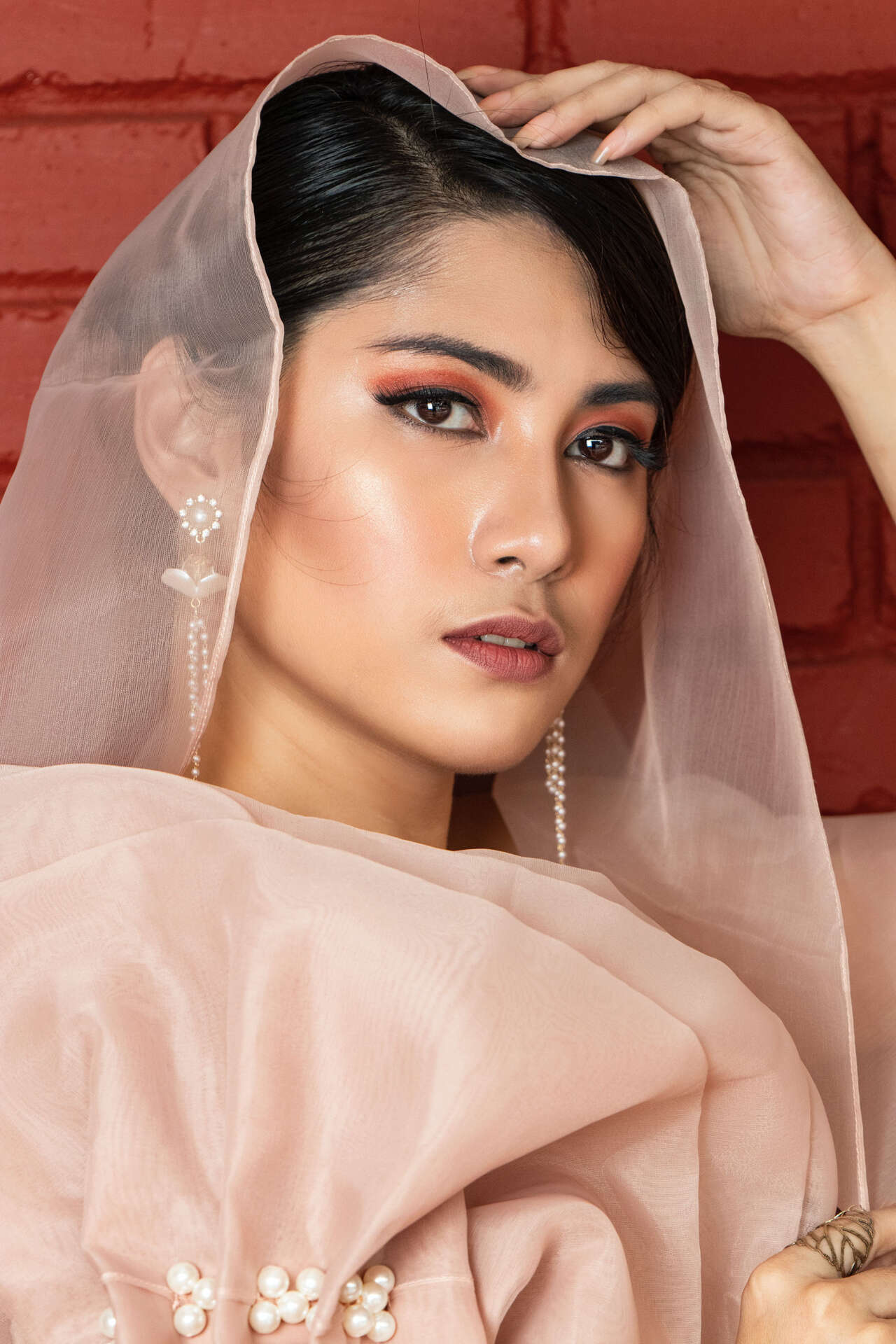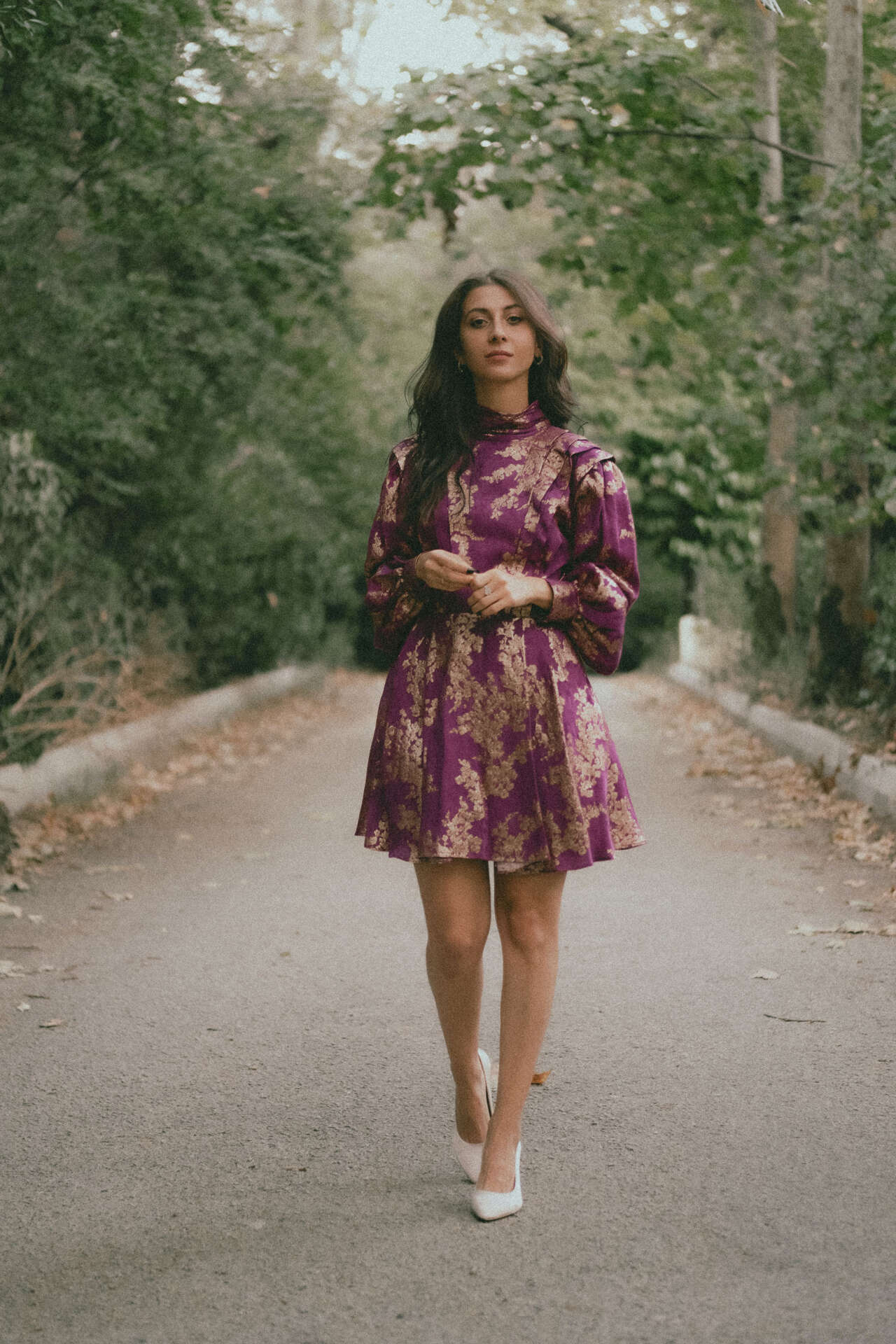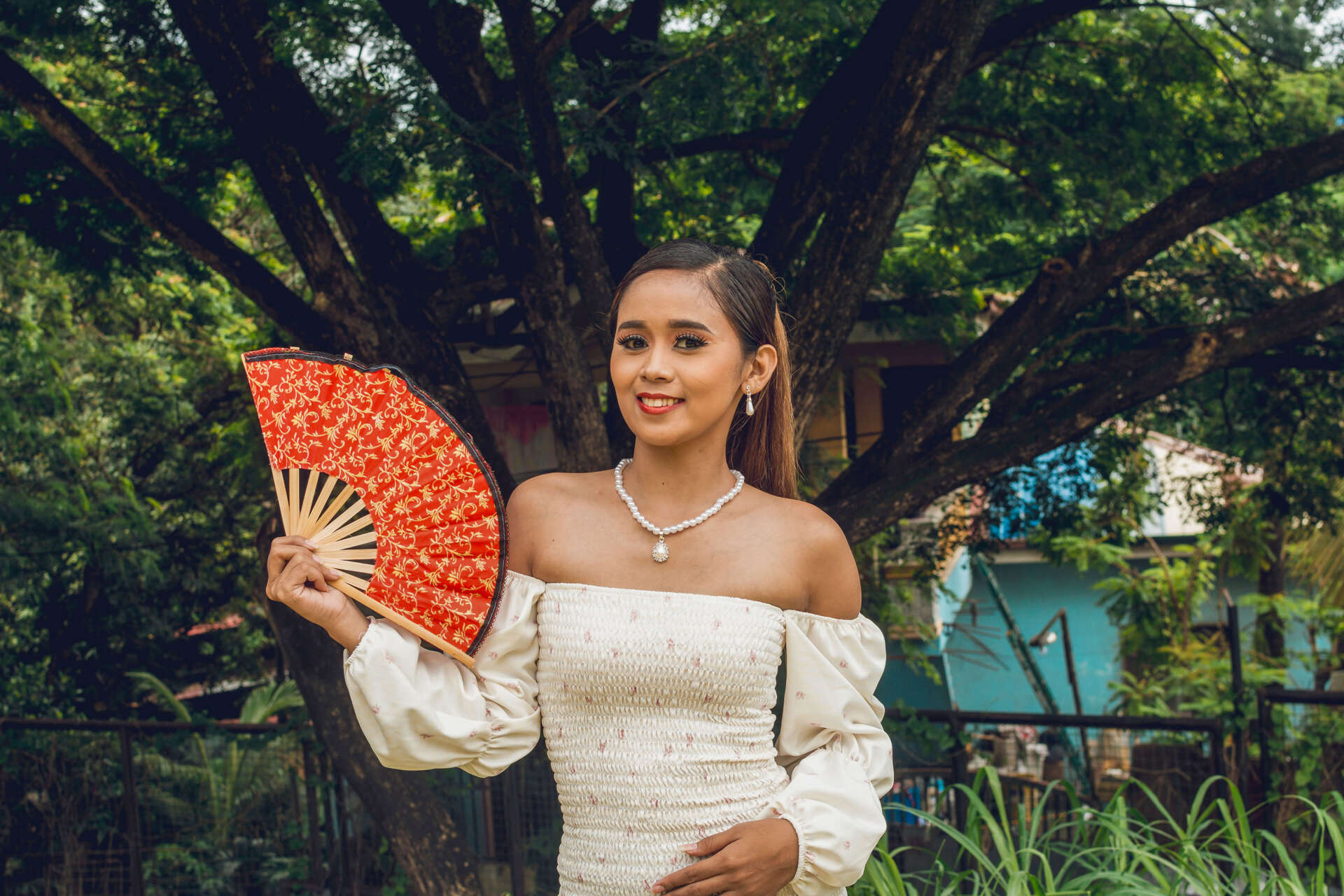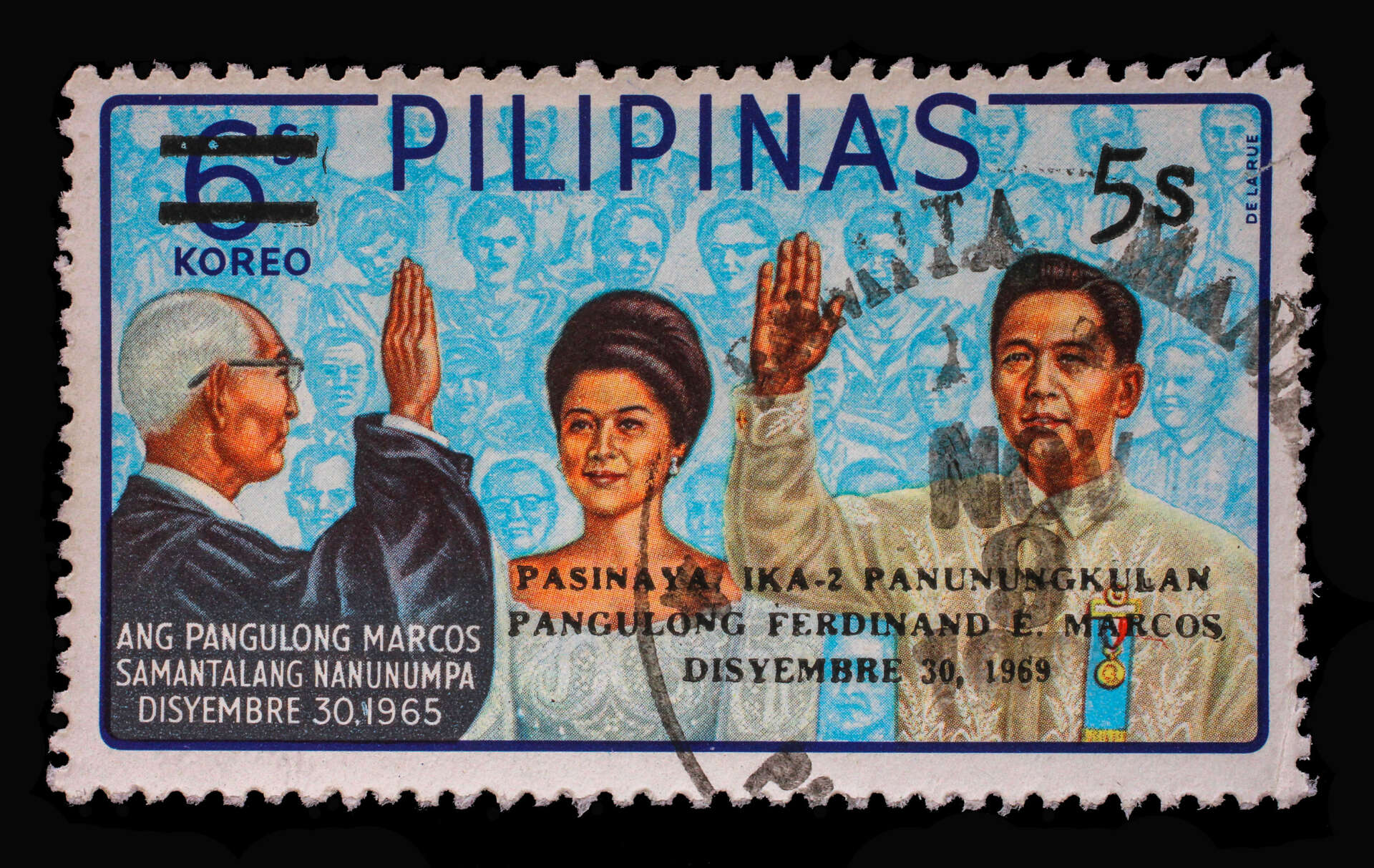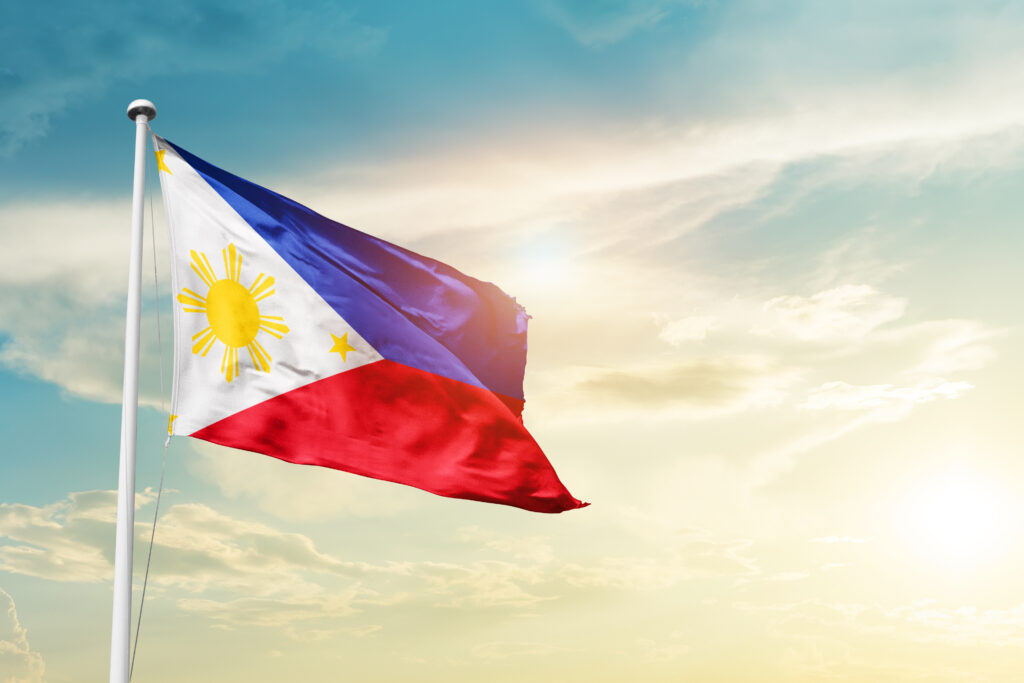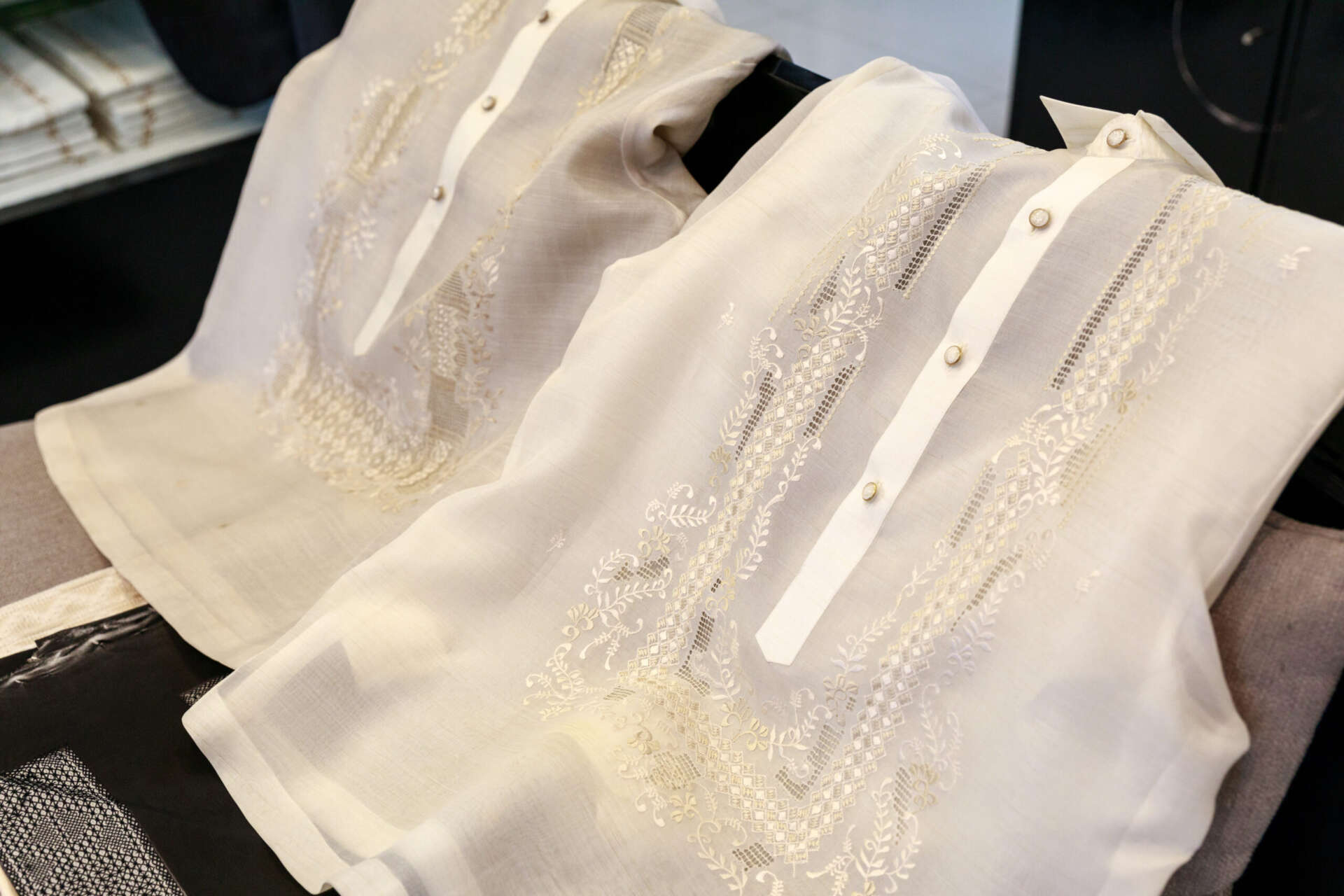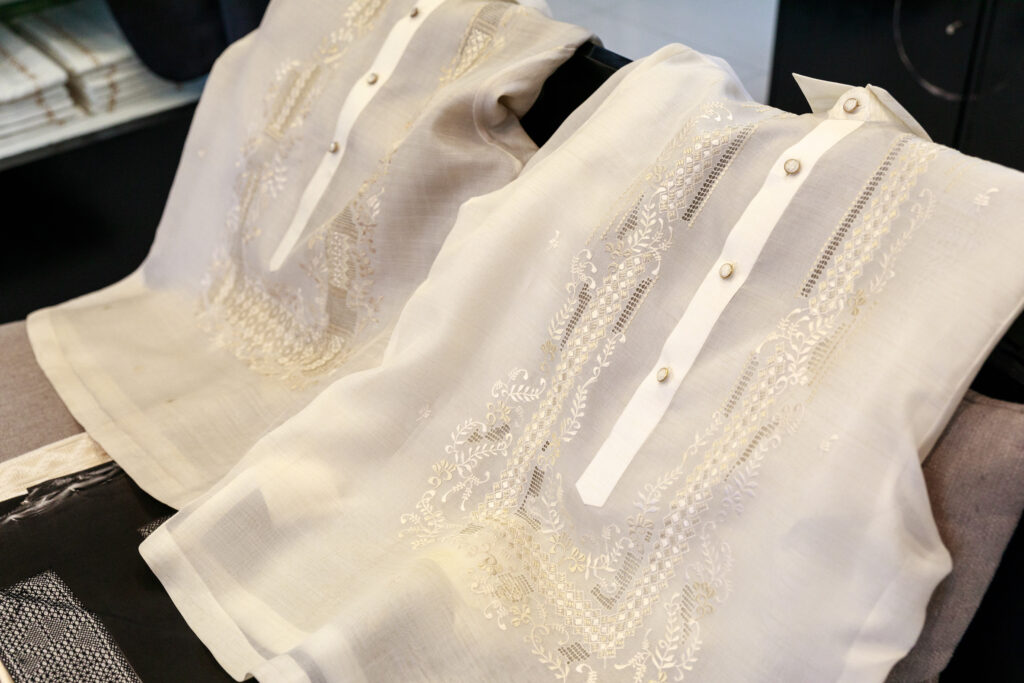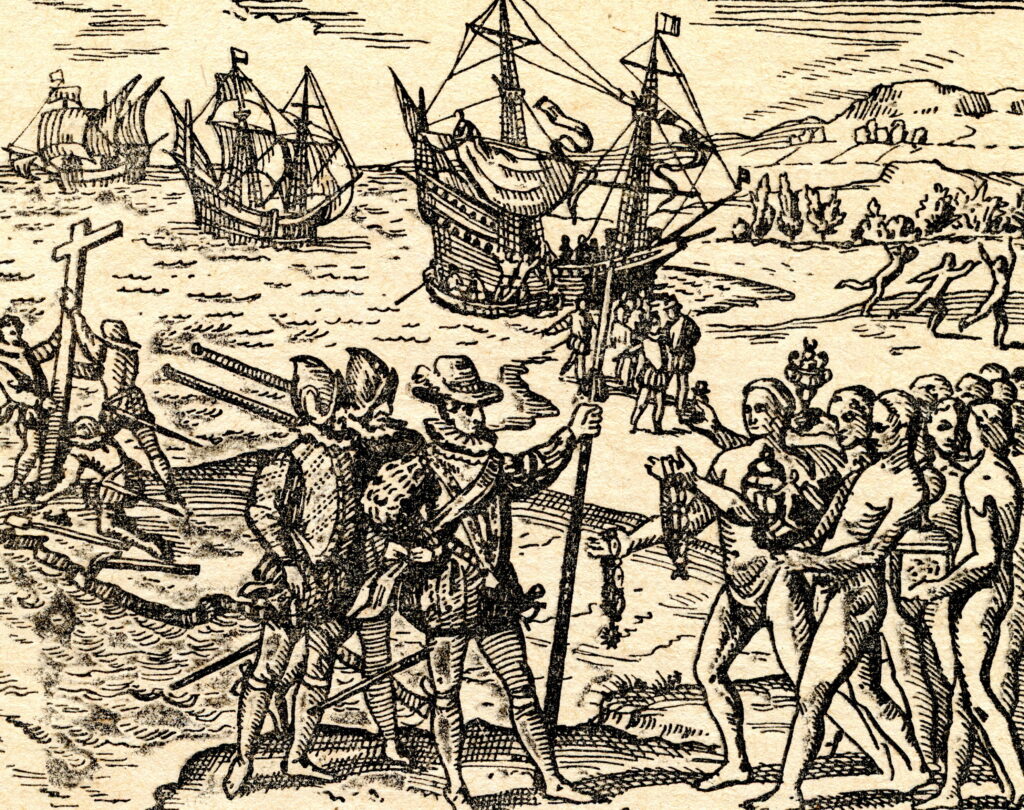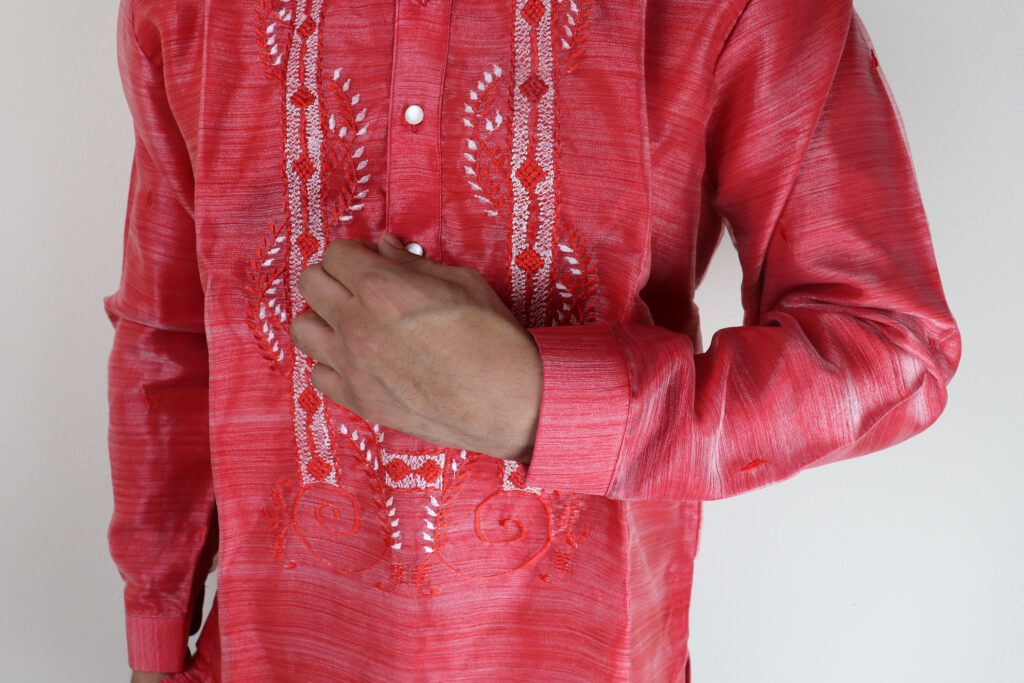Welcome to the Handmade Kapamilya blog, where we celebrate Filipino culture through the artistry of modern Barong Tagalog. As purveyors of authentic Filipino formalwear, we’re excited to unveil the latest trends that are reshaping the landscape of Barong Tagalog fashion. Today, we’re diving into the exquisite world of feather embroidery designs and the innovative reversible collars that are capturing the hearts of fashion enthusiasts worldwide.
Feather-Type Modern Barong Embroidery Design
Feather embroidery is a timeless embellishment that adds unparalleled elegance to the classic Barong Tagalog. This intricate modern Barong technique involves the meticulous placement of delicate feathers to create stunning patterns and motifs. From intricate peacock-inspired designs to graceful avian motifs, feather embroidery offers a captivating fusion of tradition and modernity. Each stitch tells a story, paying homage to the rich cultural heritage of the Philippines while embracing contemporary design sensibilities.

